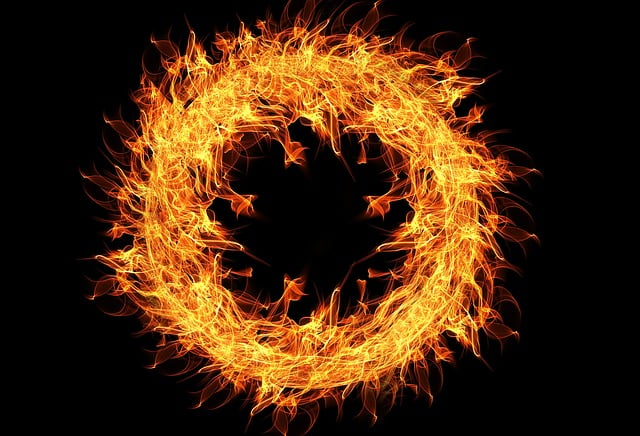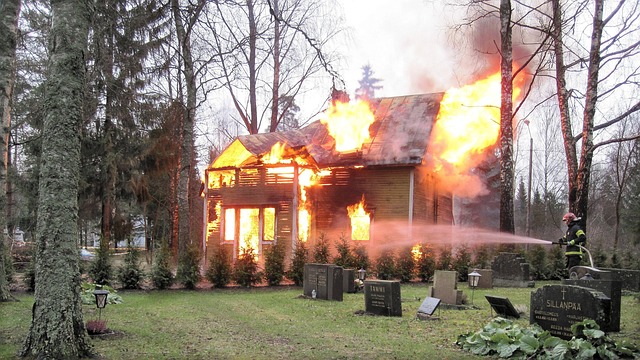San Antonio fire damage restoration involves a meticulous process to ensure safe indoor air quality after fires. Professionals test for pollutants like soot and VOCs, then carefully remove damaged materials, clean, sanitize, and ventilate to restore pre-fire conditions, mitigating health risks from smoke exposure.
In the aftermath of a fire, understanding smoke damage and its impact on indoor air quality is crucial for safe reentry. This comprehensive guide explores the intricacies of San Antonio’s fire damage restoration process and emphasizes the importance of professional indoor air testing. Knowing what to expect during this process ensures a healthy environment, removing harmful residues and restoring peace of mind for residents. Discover how experts in San Antonio fire damage restoration ensure thorough cleaning and safe inhabitation.
- Understanding Smoke Damage and Its Impact
- The Importance of Indoor Air Testing
- San Antonio's Fire Damage Restoration Process
Understanding Smoke Damage and Its Impact

Smoke damage, a significant aspect of fire damage restoration in San Antonio, can have profound effects on indoor air quality. When a fire occurs, smoke and soot particles become airborne, posing potential health risks to residents and occupants. These particles are not just unsightly; they are harmful and can linger in the atmosphere for extended periods if not properly addressed.
The impact of smoke damage extends beyond visible scars. It can lead to respiratory issues, allergies, and even long-term health complications, especially for vulnerable populations such as children, the elderly, and individuals with pre-existing conditions. The San Antonio fire damage restoration process includes thorough testing and cleaning to remove these contaminants, ensuring a safe and healthy living environment. Understanding the extent of smoke damage is crucial in mitigating its effects and restoring indoor air quality.
The Importance of Indoor Air Testing

Smoke from a fire can leave behind harmful residues and pollutants, impacting indoor air quality. This is especially true in San Antonio where fire damage restoration becomes a critical step in ensuring a safe living environment. Indoor air testing is an essential component of this process, as it identifies and quantifies the presence of smoke-related contaminants like soot, carbon monoxide, and volatile organic compounds (VOCs). By understanding the scope of the issue through professional testing, homeowners and property managers can make informed decisions during the restoration process. This proactive approach not only enhances air quality but also prevents potential health risks associated with prolonged exposure to fire damage elements.
San Antonio's Fire Damage Restoration Process

In the event of a fire, whether small or large, San Antonio’s fire damage restoration process involves several critical steps to ensure indoor air quality and safety. First, professional firefighters contain the blaze and mitigate immediate hazards, followed by a thorough assessment by restoration experts. These specialists inspect the property for smoke damage, assessing every affected area, from walls and ceilings to structural components and valuable belongings.
The actual restoration begins with the removal of damaged materials like charred insulation, drywall, or furniture. This process involves specialized equipment to contain dust and debris, minimizing further contamination. Next, deep cleaning and sanitizing take place using advanced techniques and products to eliminate residual smoke odors and any hazardous chemicals. Finally, once the space is restored to its pre-fire condition, proper ventilation ensures that indoor air quality is safe for occupancy.
Smoke damage from a fire can have lasting effects on indoor air quality, potentially causing health issues for residents. That’s why understanding the San Antonio fire damage restoration process and its emphasis on comprehensive indoor air testing is crucial. By employing advanced techniques to assess and mitigate contaminants, this meticulous process ensures a safer, healthier living environment post-fire. As seen in San Antonio’s fire damage restoration guidelines, thorough testing and restoration are key to reclaiming your home after such an event.
